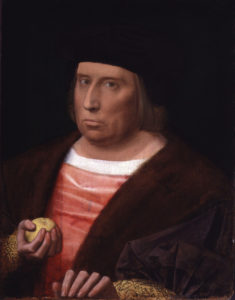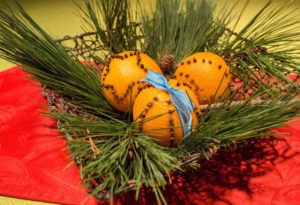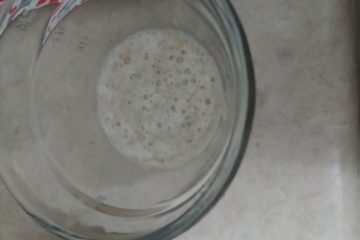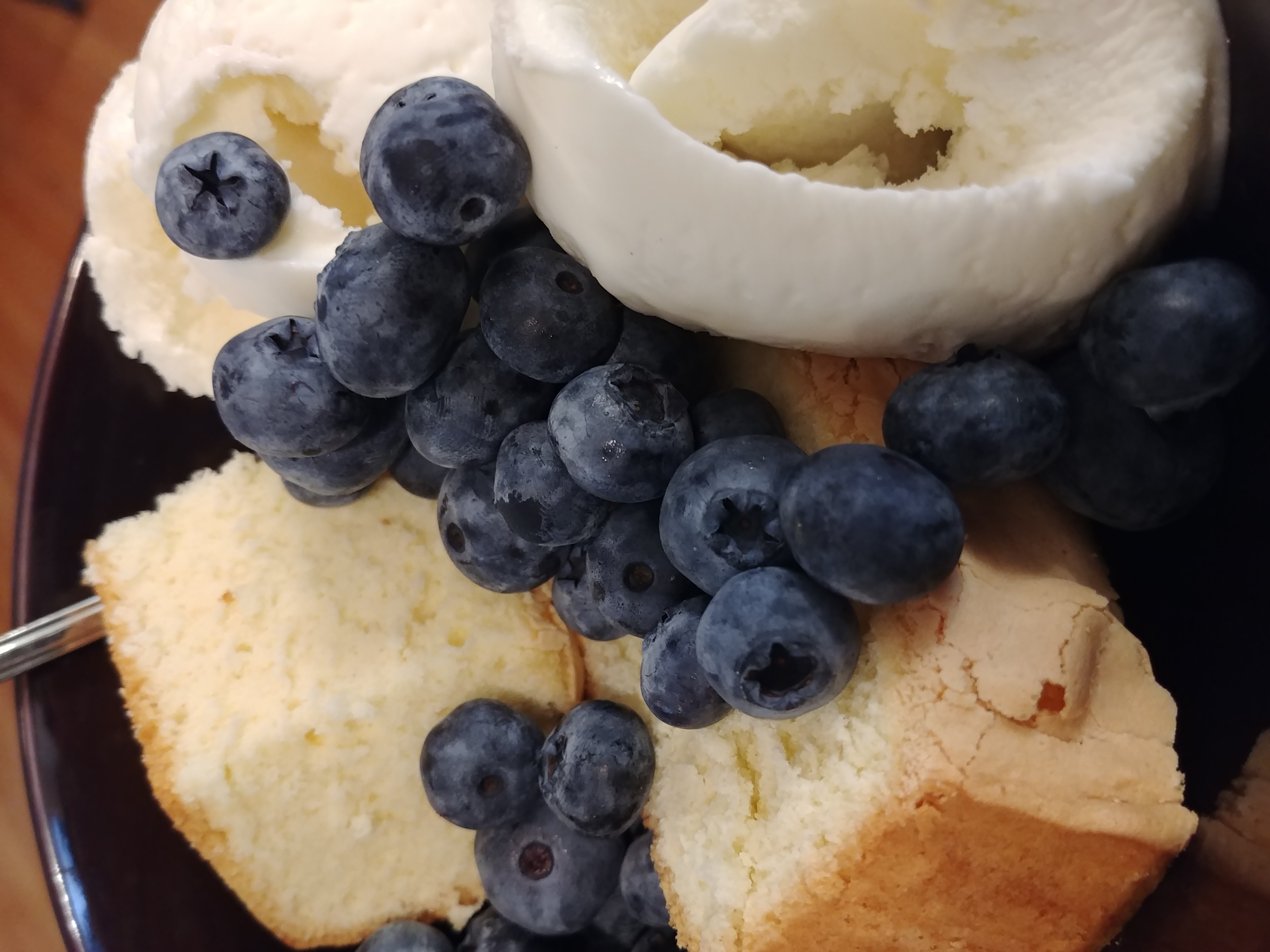Here’s a quick post from a research tangent I just went on.
The cloved orange is an orange studded with cloves that is given as a gift, often in the Christmas season. In the SCA it has evolved into a game to make introductions easier and often involves a kiss on the hand or cheek, or for people you know well on the lips. See here for more information about it in the SCA context. From what I can tell cloved oranges are a 17th or 18th century fad, but they do have their roots in the 16th century.
The cloved orange likely evolved from the pomanders of the 16th century. I won’t go into the history of pomanders before the 16th century, but a great deal has been written about them and their use both for regular scenting and for protection against the plague, I’d recommend “The ephemeral history of perfume: scent and sense in early modern England” by Holly Dugan to learn more about how they were used.
In the 16th century the increase in scents and ingredients that could be used contributed to an increase in their presence in popular culture (Dugan 111). They were so common that the Pomander was used as a metaphor frequently for protection (ibid.). Pomanders were made in many shapes with pomegranate, apple, orange, and tomato (apple of love) being common ones.

For example here is a “Portrait of a Man” by Jacob Cornelisz Van Oostsanen (1518) where his pomander resembles either an orange or a tomato. Cardinal Wolsey was reputed to have one made out of a dried orange with the inside scooped out and replaced by a scented sponge (George Cavendish, The Life of Cardinal Wolsey 103). It likely looked similar to this portrait of John Bourchier by Ambrosius Benson (sometime before 1526):

Many puritans felt that the golden and other expensive pomanders were sinful for their luxury and vanity (Dugan 113), it may also have been because of the frequent examples of pomanders encouraging lust and sex (Robert Herrick, Love Perfumes All Parts). It is possible that the opposition to ornate pomanders encouraged the use of oranges for them instead but I don’t have any proof of that.
Although both cloves and oranges were common ingredients in pomanders and they were frequently made from oranges it isn’t until the 17th century that I’ve found proof of a cloved orange. In The Masque of Christmas by Ben Jonson (1616) there is this exchange:
Gambol: And here’s New-year’s-gift has an orange and rosemary, but not a clove to stick in’t.
New-Year: why let one go to the spicery.
Christmas. Fy, fy, fy! it’s naught, it’s naught, boys!
Venus: Why, I have cloves, if it be cloves you want, I have cloves in my purse, I never go without one in my mouth
Yeah, that’s a sex joke at the end of that bit. So we have, only 15 years out of period, proof of sticking cloves into an orange as a gift; also a slight connection with intimacy mostly from the joke about cloves. Combining this with what we know about the history of pomanders the cloved orange being used as a way of initiating minor intimacy is not without precedent.
So, yes it’s mostly out of period, and the SCA game is very out of period, but it is based on period concepts and the earliest cloved oranges would likely have become popular either in the early years of James I or the late years of Elizabeth I. Regardless this falls under the “periodesque” aspects of the SCA.
If you come across earlier references to the cloved orange than I used please let me know.




You must be logged in to post a comment.